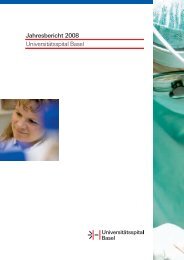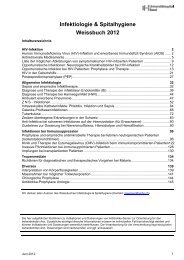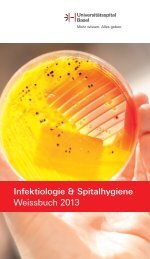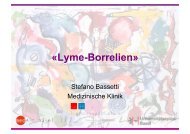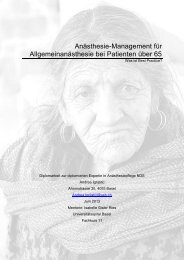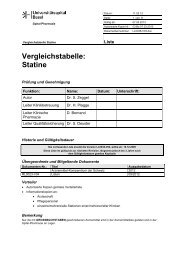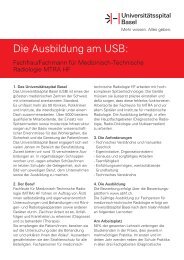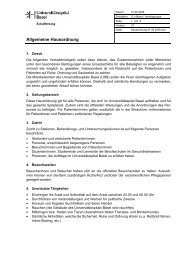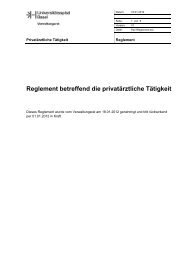Transmucosal Nasal Drug Delivery: Systemic Bioavailability of ...
Transmucosal Nasal Drug Delivery: Systemic Bioavailability of ...
Transmucosal Nasal Drug Delivery: Systemic Bioavailability of ...
You also want an ePaper? Increase the reach of your titles
YUMPU automatically turns print PDFs into web optimized ePapers that Google loves.
5. Project I: Development <strong>of</strong> preparations for transmucosal nasal midazolam delivery<br />
J = P * A * (c free midazolam )<br />
(Equation 4)<br />
Midazolam release (in vitro) did not correlate with the total midazolam concentration in the donor<br />
compartment; consequently Equation 2 does not exactly correspond with data assessed in the drug<br />
release studies. The results <strong>of</strong> the drug release studies suggest that only free midazolam<br />
concentration controls permeation through the artificial membrane (see Equation 4). The more<br />
RMβCD is available for midazolam complexation, the more midazolam release was reduced.<br />
Consequently, to minimize the influence <strong>of</strong> RMβCD on midazolam release in vivo, equimolar<br />
amount <strong>of</strong> RMβCD was used to solubilize midazolam in preparations for nasal midazolam delivery.<br />
The pH <strong>of</strong> the developed preparations (Preparation 1 to 5) is not adjusted to physiologic pH. In the<br />
nasal preparation proposed by Roel<strong>of</strong>se et al. (ratio cyclodextrin to midazolam was 5 to 1, for 20%<br />
βCD to solubilize 10 mg/ml midazolam) pH was 5.8. The above discussed drug release studies are<br />
in accordance with the outcome <strong>of</strong> in vitro investigations <strong>of</strong> L<strong>of</strong>tsson et Jarho [L<strong>of</strong>tsson 1995,<br />
Jarho, 1996] and underline the importance <strong>of</strong> adequate cyclodextrin-compound ratio. Therefore,<br />
cyclodextrin excess to solubilize midazolam was considered as inappropriate; even pH could have<br />
been approached to physiologic pH.<br />
Results <strong>of</strong> accelerated stability testing affirmed stability <strong>of</strong> midazolam solubilized with RMβCD.<br />
Proven stability <strong>of</strong> midazolam enables the storage <strong>of</strong> the tested midazolam preparations at room<br />
temperature. For all midazolam preparations with RMβCD (Preparation 2, 3, and 4) and without<br />
RMβCD (Preparation 1a and 1b) stability data confirmed shelf life <strong>of</strong> 6 months. Preparation 5,<br />
additionally containing chitosan hydrochloride, was not stable concerning midazolam content.<br />
During 6 months storage at room temperature midazolam content decreased from originally<br />
29.5 mg/ml to 25.1 mg/ml, not complying with the specified requirements for midazolam content.<br />
Apparently, chitosan hydrochloride impaired midazolam stability. The preparation has to be<br />
prepared immediately before use. Concerning pH, after 10 months storage Preparation 1b does not<br />
comply with the specified limits for pH (3.0 to 3.5). As with arising pH midazolam risks to<br />
precipitate, prolongation <strong>of</strong> shelf life for Preparation 1b is not reasonable. For Preparation 3<br />
prolongation <strong>of</strong> shelf life from 6 months to at least 10 months is supported by long term stability<br />
data.<br />
Katja Suter-Zimmermann Page 58 <strong>of</strong> 188 University <strong>of</strong> Basel, 2008




